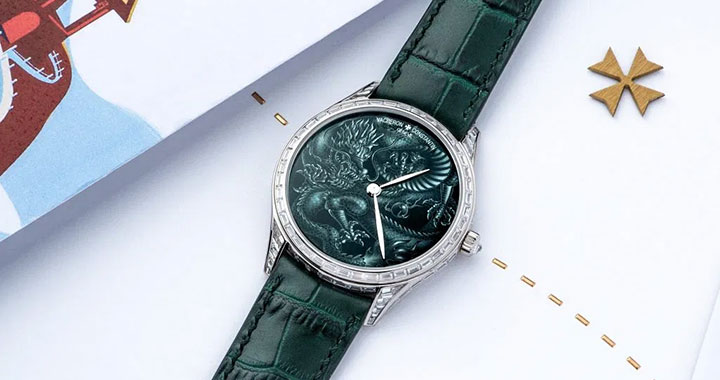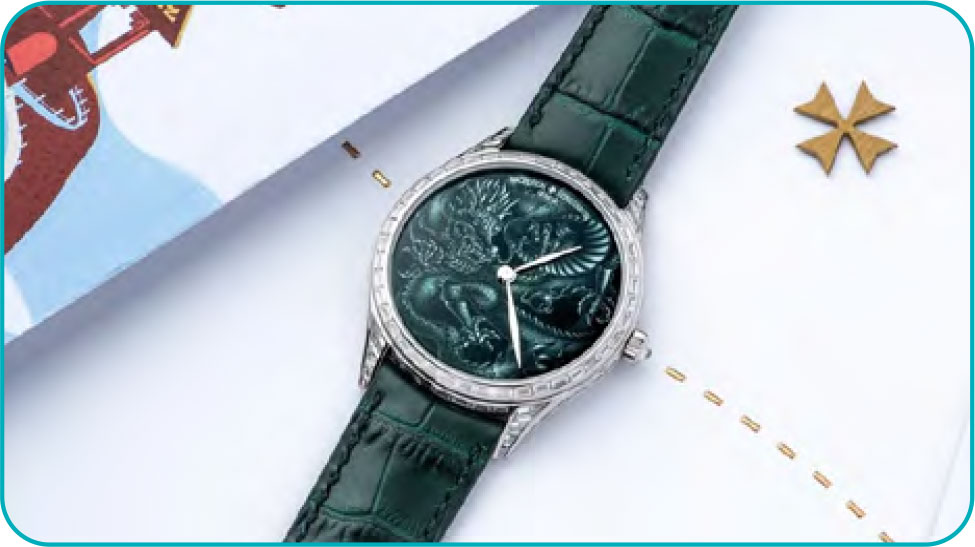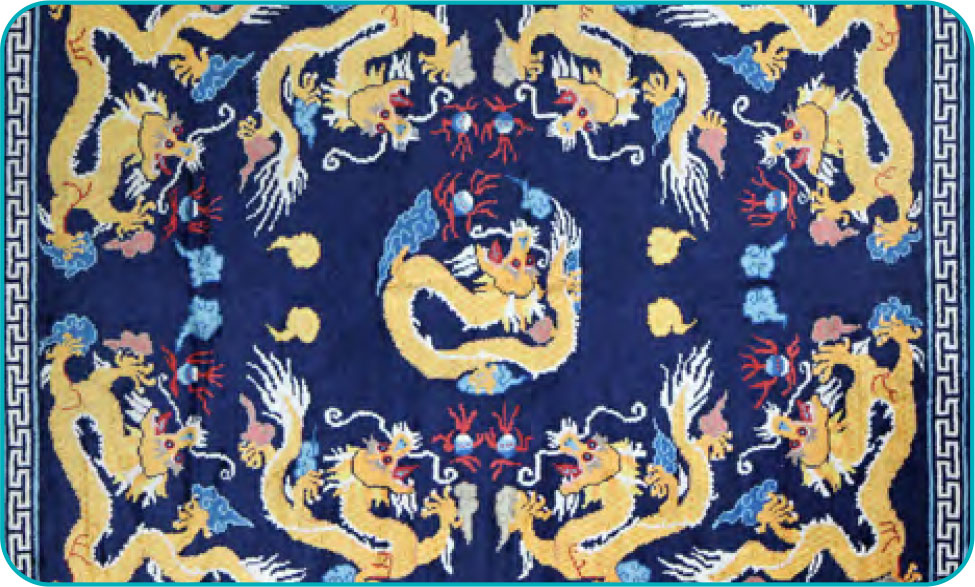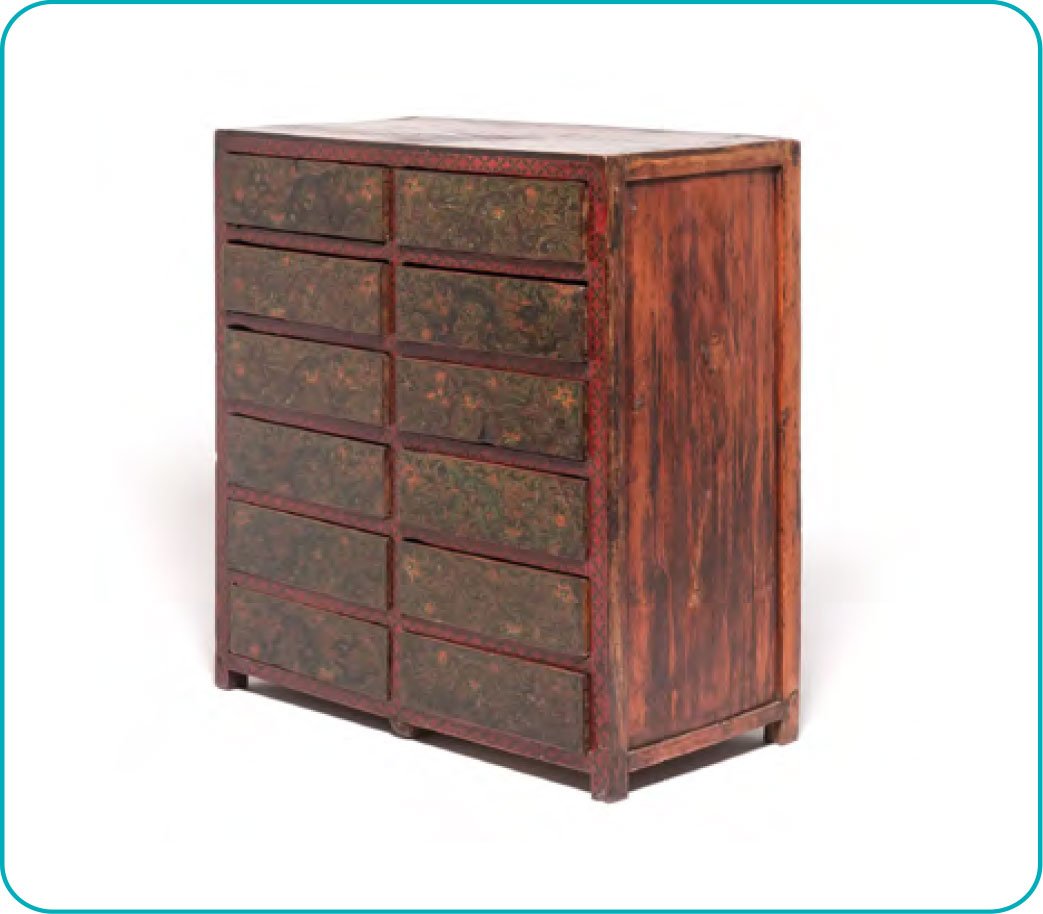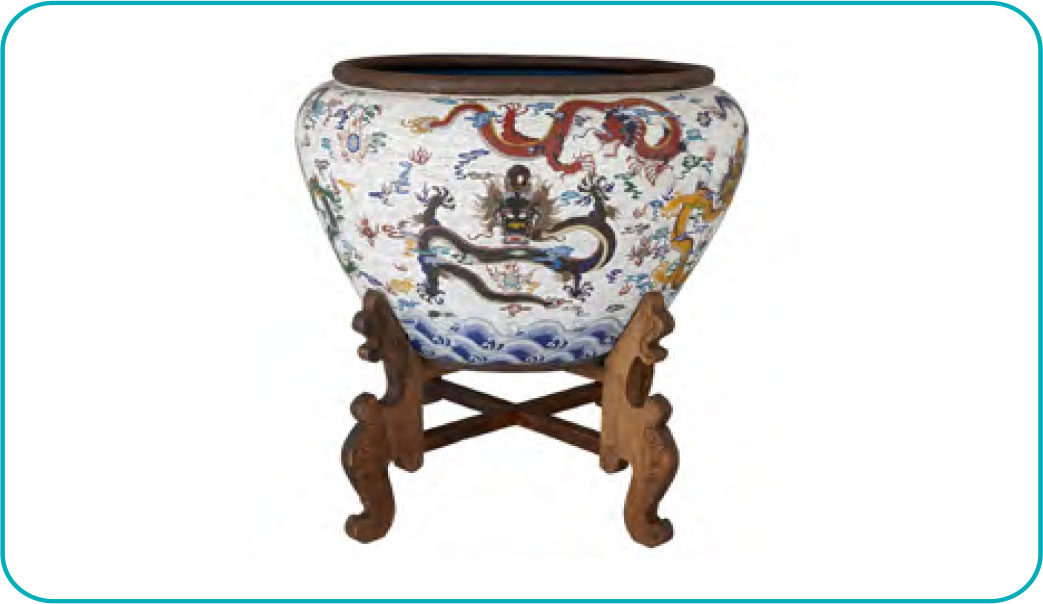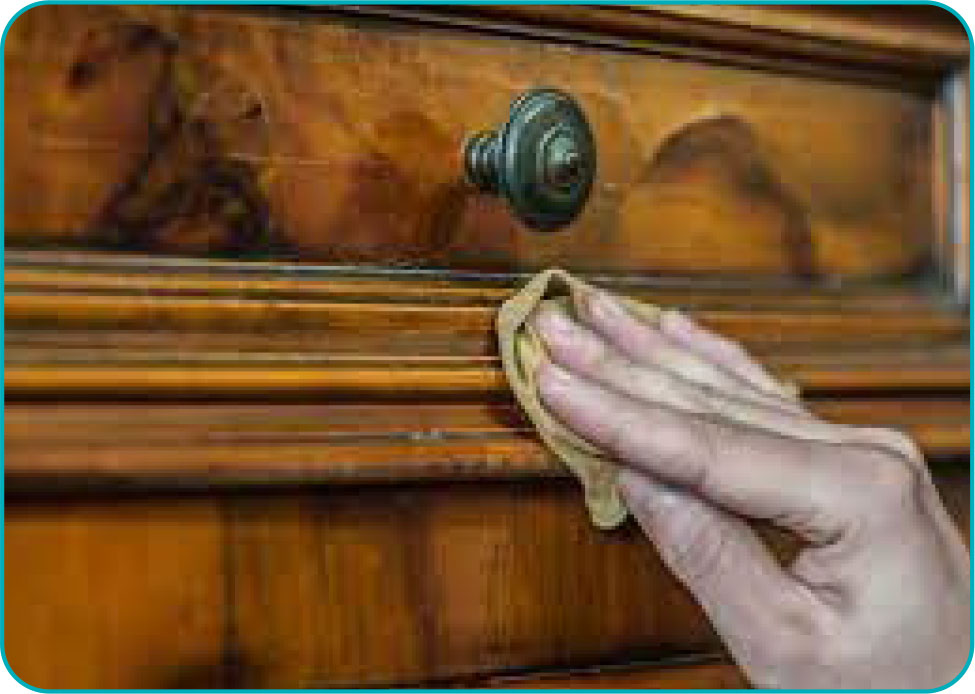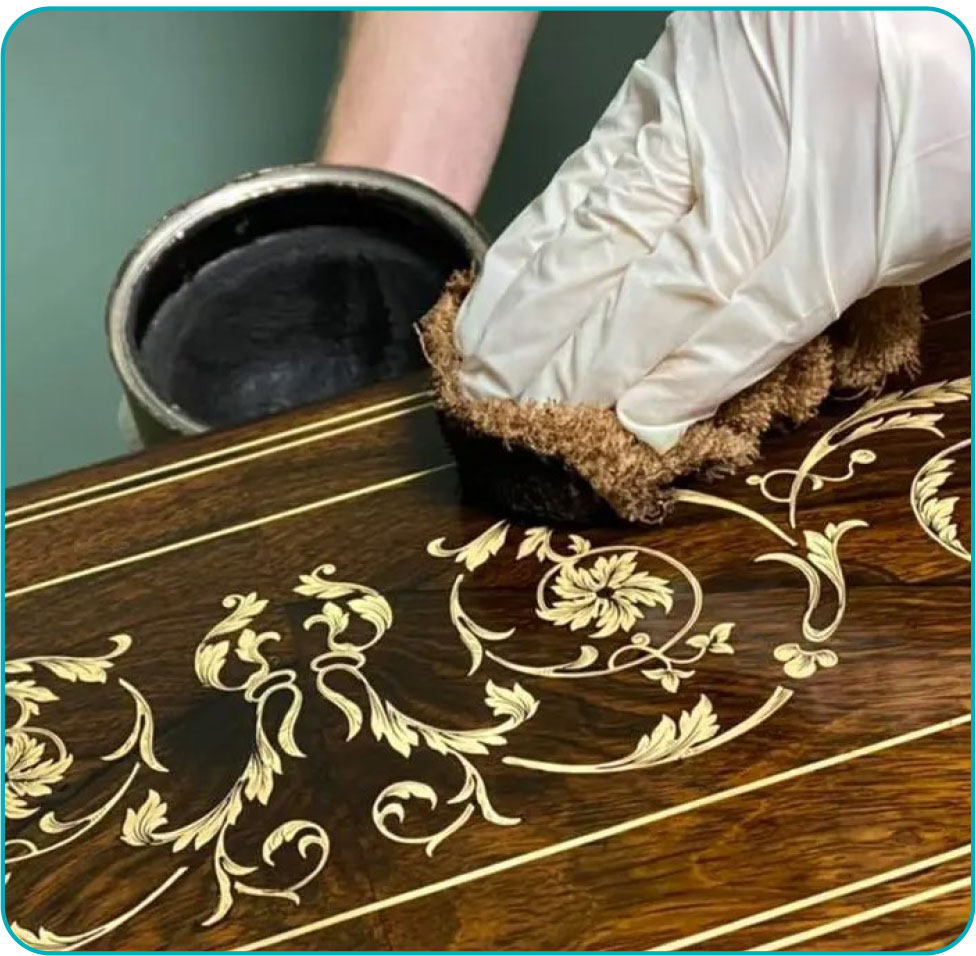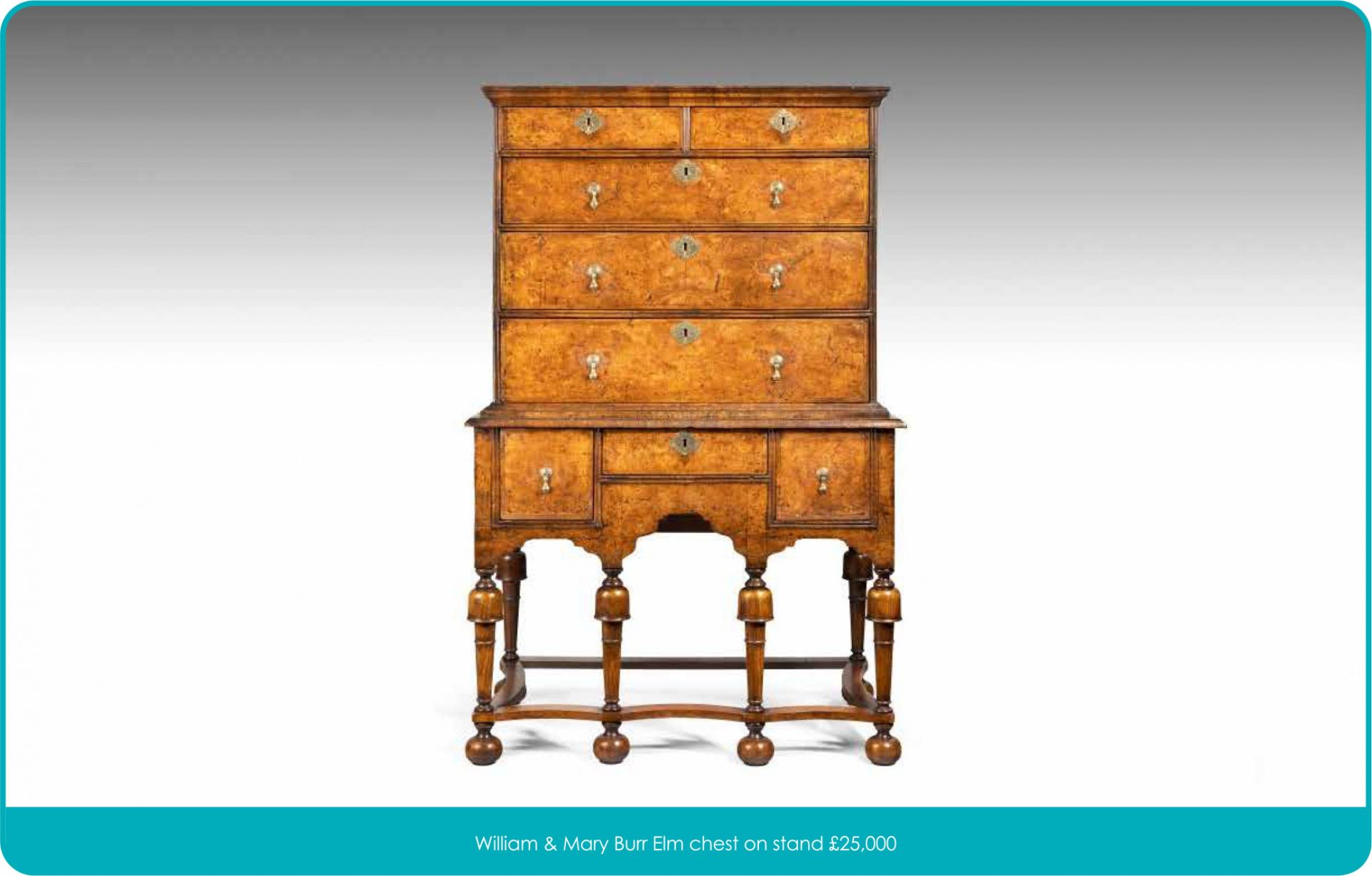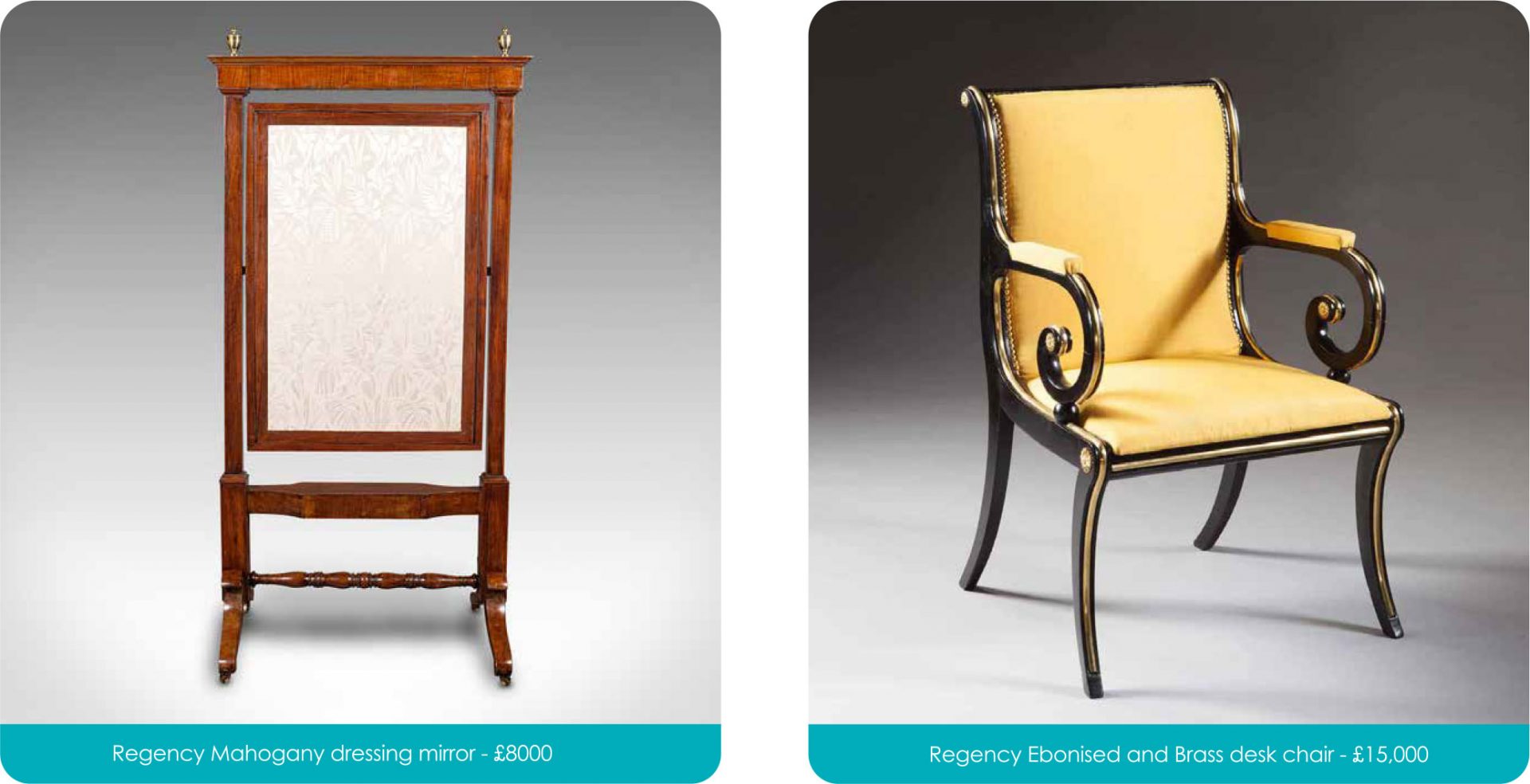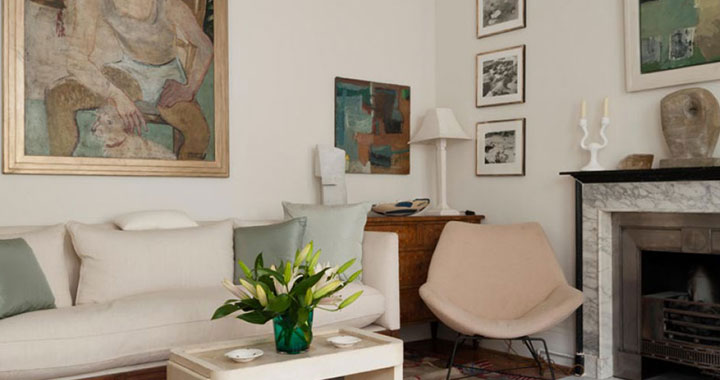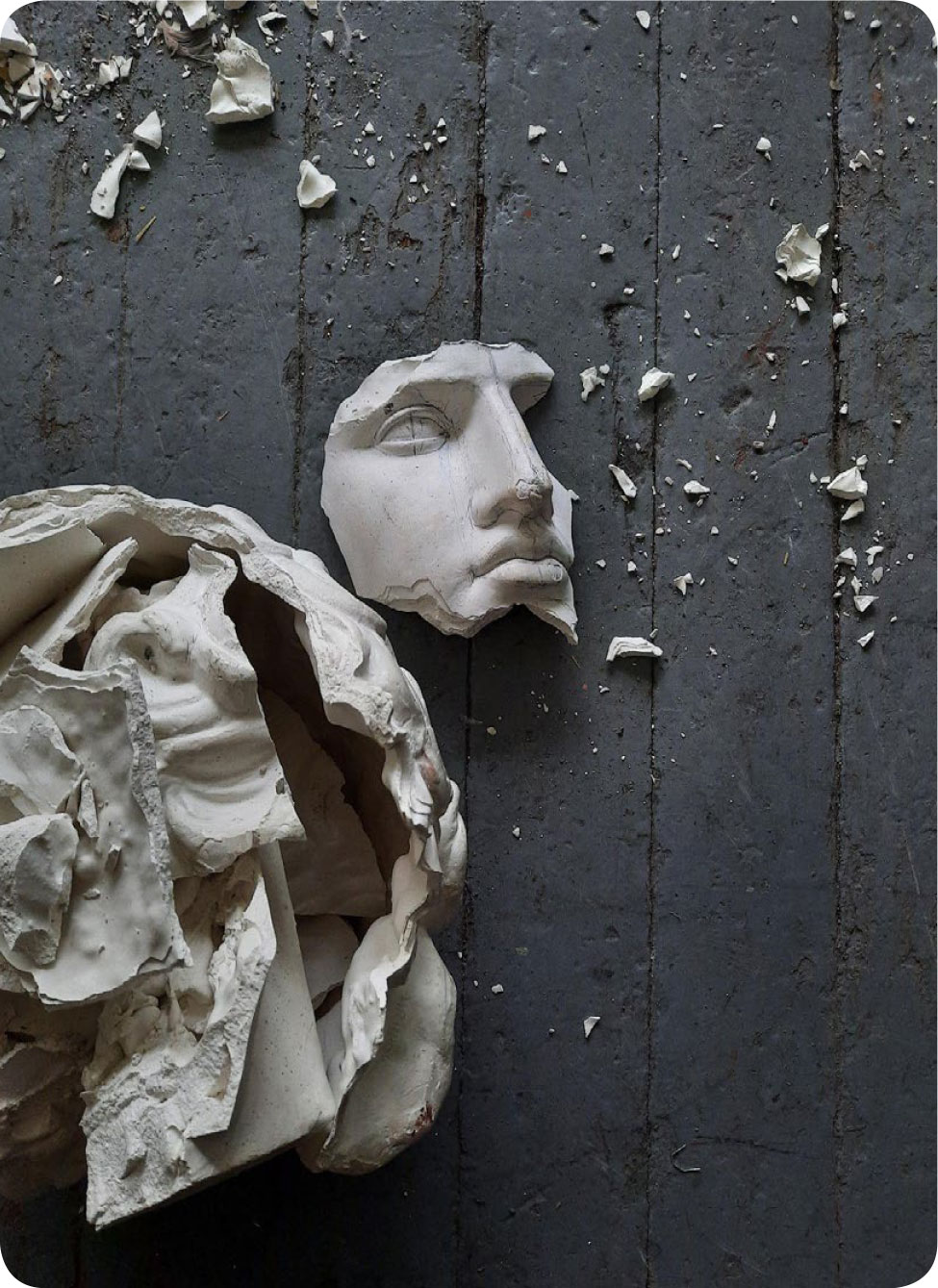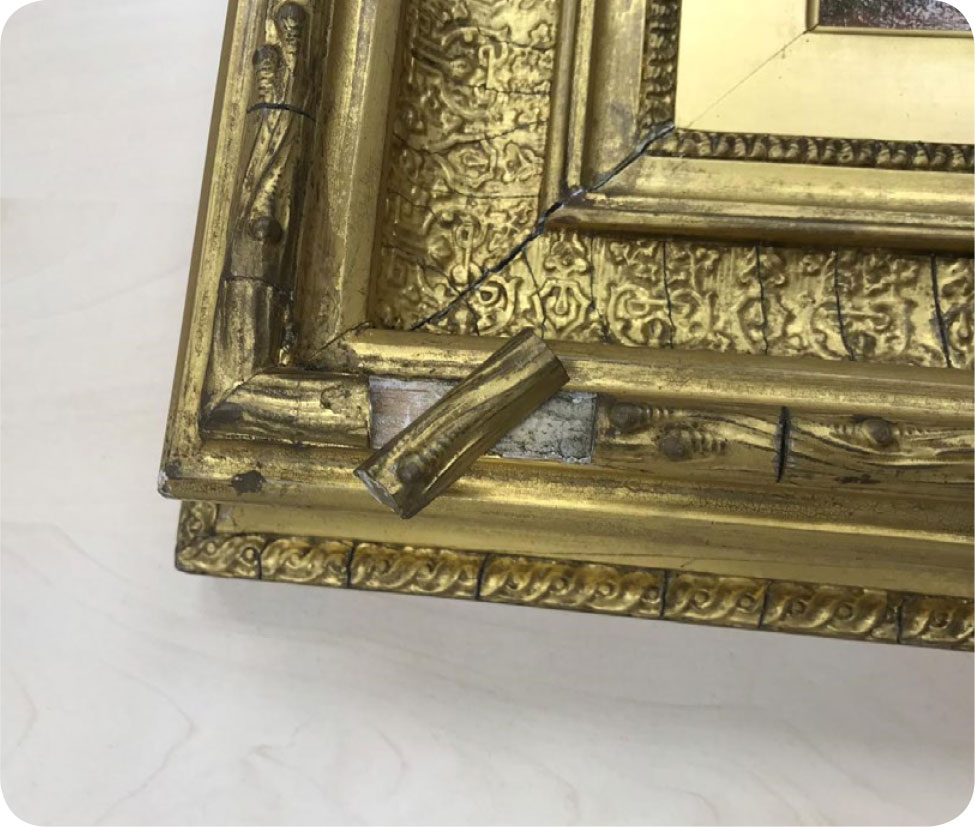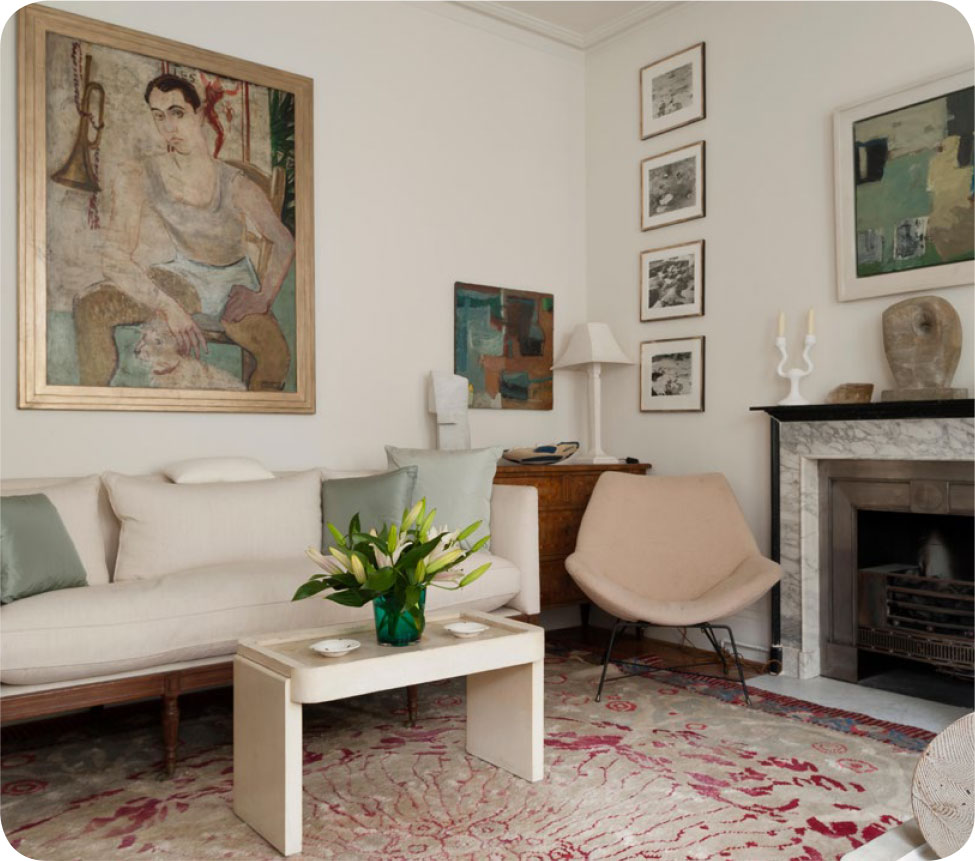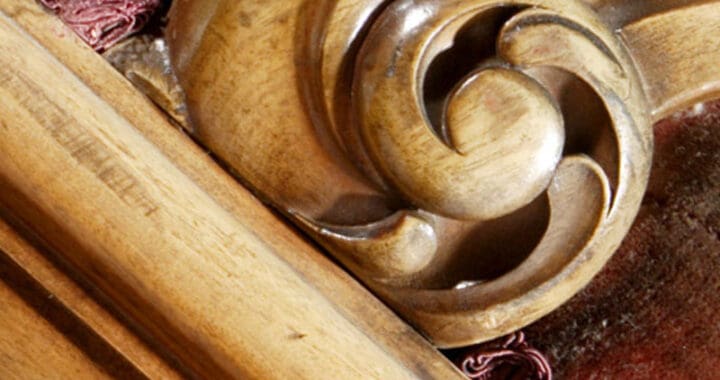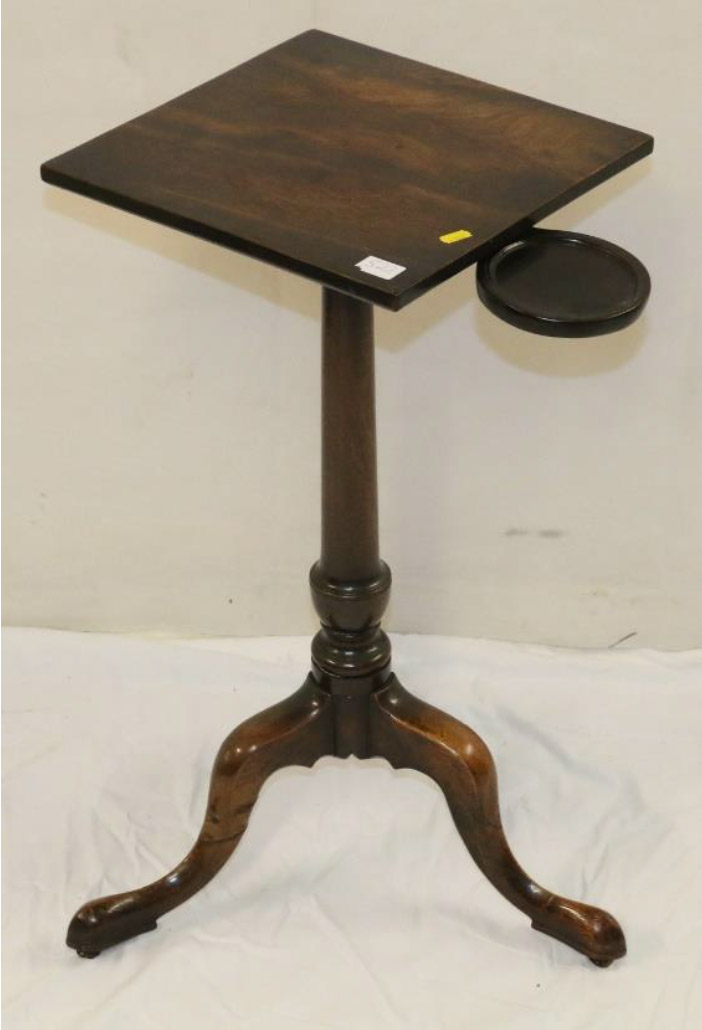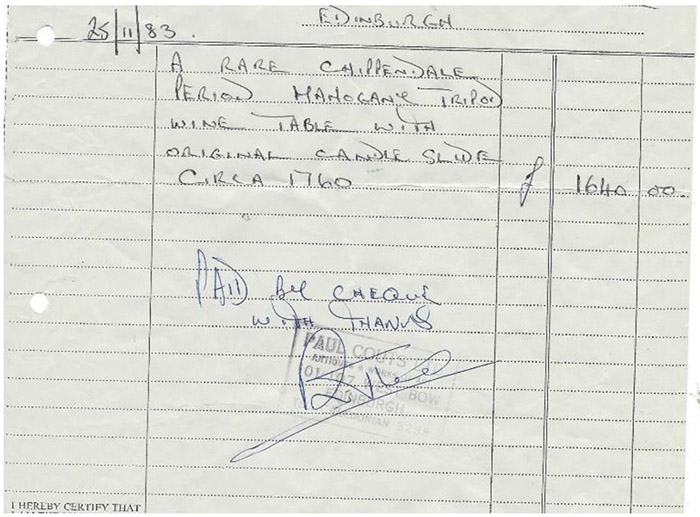Collections are usually amassed over years and great love and care often goes into the acquisition of each piece. Whether your motivation behind the collection is financial or whether it is to leave a legacy, it is vital to make the right choices on the display and care of the artwork or object as these factors will impact the condition of the artwork, not only in the short term, but also in the long term. Condition plays a crucial factor when determining the value on the open market. Many owners are surprisingly casual with their artwork, particularly owners who have inherited the works rather than bought them and, therefore, see them more emotionally rather than in terms of their commercial value.
As with all assets, it’s essential to ensure that works of art are cared for properly and that their condition is maintained since good condition is one of the key factors in their financial value.
Working with clients and their collections over the years, I’ve seen certain recurring issues that can be detrimental to the condition of an artwork, so I’d like to share some of the key things to consider when looking after the items in your collection:
Cleaning
When an object stays in a set position, the risk of damage is minimal, however, when it is moved it is instantly put into a precarious position. Broken items are a frequent casualty in the hands of an over enthusiastic cleaner. If an item is broken, it’s vital to pick up every fragment as this will make repairs more successful and, in most cases, less costly. It’s best to avoid gluing things back together yourself, judging from the attempts I have seen, it’s never quite as easy as you might think!
If you have a valuable and vulnerable collection, it may be worthwhile to take the precautionary measure of employing a Conservation Cleaner. A specialist in this area will have the expertise to handle the object with sensitivity, knowing how and where to lift an object. They will account for weak or fragile areas or surfaces to prevent damage from occurring during the process.
Of course, not everyone has the budget for a Conservation Cleaner and speaking from my own experience, I like to clean the fragile items in my own collection. I treat these items differently to someone who doesn’t have the same emotional attachment, however careful they might be.

If cleaning a shelf which displays many objects, find a safe location and transfer the items to this position. Trying to dust around objects, can result in knocking over adjacent items. If you have something with a handle like a jug, it will be safer to hold it in two hands and hold it from the main body of the object. Hairline cracks which can be invisible to the naked eye can be present and therefore breaks can occur at vulnerable points.
Surface dirt and dust can affect an object as it absorbs moisture from the air, into the surface so it is important to clean an item regularly. A cleaner may adopt a method
that isn’t appropriate and can cause more damage to an object than the dirt itself; a duster may have fibres which can snag and cause damage to an item, for example a delicate gilded picture frame. A good solution for this is to use a soft brush, like an artist’s paint brush, if used gently, these can help remove dust without catching on or abrading vulnerable areas.
Specialist firms offer in-house training to domestic staff charged with the day-to-day maintenance of properties and their contents. Bespoke sessions are put together around the individual requirements of the house and collection, identifying those pieces which are safe to handle and how best to approach them, and to identify which pieces require attention from a conservator.
Display/Installation
If an item is very delicate, it is worth considering a bespoke mount or display case to help support it and perhaps to prevent it getting too dusty or from being accidentally knocked over.
Weak picture hangings and mounts are common and are an easily preventable cause of damage. I have seen many an insurance claim following the snapping of a hanging wire. Not only do the pictures themselves become damaged, but they can break items beneath them.

Many owners are so keen to display a new piece, they use the existing fixings without considering whether they are suitably strong. Engaging a specialist to carry out the installation of an artwork can be money well spent.
Pictures should be framed to conservation standards, using non-reactive materials. Works on paper can become foxed – the mottled brown staining which is caused by acids from the backboards or mounts leaching into the surface of the paper. Over time this will cause the paper to degrade.
It also is worth considering changing the glazing for acrylic or glass with a UV filter, this will help retain the colours of the artwork. If acrylic is used, this will prevent damage from occurring in the event of an accident; it will not splinter and break as glass does. However, if you have a pastel artwork, acrylic should not be used as the static charge can draw the pastel to the glazing itself. A good conservation framer can offer recommendations on what will be the best solution for your picture.
Marble and bronze items should be handled and installed by professional handlers, not by general movers who can lift heavy items. People think marble is robust as it is heavy, but in fact its natural veins cause the material to be very weak and prone to damage if handled incorrectly.
The same can be said for bronze as there may inherent weaknesses in the casting. A specialist will know how best to move the item taking weak areas into account.
Environment
Consideration should be given as to where you choose to display artwork, and environmental factors such as temperature and humidity should be assessed when choosing a suitable location.
Air conditioning, central heating, artificial lighting and direct sun light all potentially have a detrimental effect on the composition of an artwork, both structurally and in terms of the surface finishes. Certain walls within rooms can provide a more challenging environment than others due to the way the sunlight falls within the room or if they are an external wall which can increase issues with damp.
There is technology available for monitoring environmental conditions and is one of the most effective means of protecting works of art from short-and-long-term environmental damage. However, the information needs to be looked at and analysed and whilst helpful it cannot replace regular inspection of pieces to monitor their condition. I once saw an Andy Warhol ink sketch of which had completely faded, and this apparently had happened in a few months. The owners of the house had been at one of their other properties and this was missed by the house keeping staff.
Condition Report
A report carried out by a specialist to assess the condition of an object can be vital in some situations. It is often a requirement if lending or borrowing a work of art. If carried out by an independent third party, it acts as a neutral account and helps to protect all parties involved in the transaction.
It is also a useful precautionary measure to prevent a costly mistake when purchasing a work of art (a condition report may reveal areas of damage, details of restoration or materials or processes that aren’t inconsistent with the provided date of a piece), and in situations where there is an increased risk of damage, for example during transit.
Items damaged during shipping are a rarity, but accidents do unfortunately happen, which is why so many collectors are keen to explore solutions that allow them to reduce the number of times they need to ship valuables. Christie’s recently used hologram technology to take a Degas Bronze Sculpture of a Dancer on tour, although can this really be a satisfactory substitute for seeing the real item in the flesh?
Insurers may like to engage a professional condition report following a loss, a conservator can potentially point out factors such as an inherent weakness in an object such as a manufacturing fault, like a vein in a piece of marble or an area of previous repair which has caused an area of stress elsewhere in the object.

Outdoor
Outdoor sculpture or furniture is an area that is often overlooked, designed in heavy materials, it is easy to assume that materials such as stone and metal are resilient, however this is not the case and pieces do require care and attention to prevent the objects from deterioration.
There has been an increase in rainfall in the UK, so it is now more important than ever to protect garden statuary from excessive water ingress. Weather extremes are also more commonplace, and this can profoundly affect marble or stone as it absorbs moisture, followed by freezing temperatures which can cause the stone to crack due to the fluctuations.
A wax coating can be applied to bronzes to help protect the surface from the elements. Sculptures of stone or metal should be covered during winter; the purpose of a cover is to help maintain a steady condition to help mitigate damaging fluctuations. The covers must be lightweight so as not to damage the sculpture, but robust enough to protect the object. In interest of sustainability and to minimise cost to the client, there are covers available which can be stored during more temperament months and then reused when necessary.
So, you have taken precautionary measures, but accidents can happen and when they do the following steps may just help:
Gather up all of the broken pieces, no matter how small – restoration can often be more successful if all of the original pieces have been saved and this will also help lessen any loss in value.
- Collectors should be mindful of the fact that the way an object is restored may play a key part in mitigating any loss of value following damage.
- One should always approach a reputable company to undertake treatment. Once an accident has been discovered, or damaged has been identified, contact this company as soon as possible.
- Finally, if making a related insurance claim, do remember to photograph and preserve all the evidence. If the claim is due to damage during transit, it’s important to keep hold of shipping documentation, condition reports and packing materials and make sure photographs are taken as a piece is unpacked.
For more information contact Sarah Giles on 07876 147230 or visit www.sarahgilescc.com
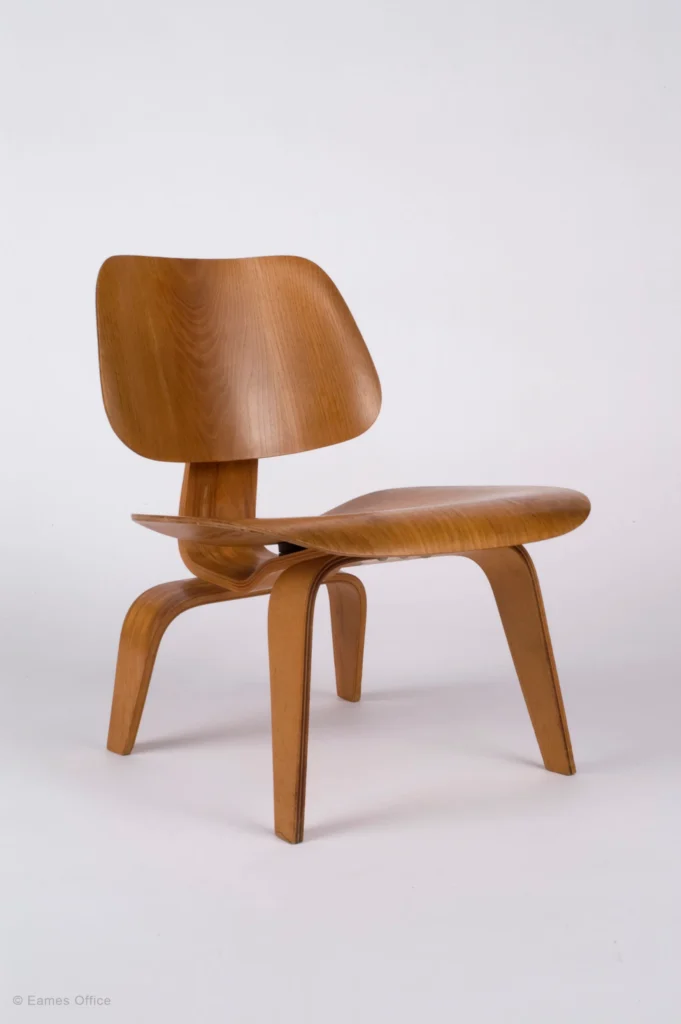
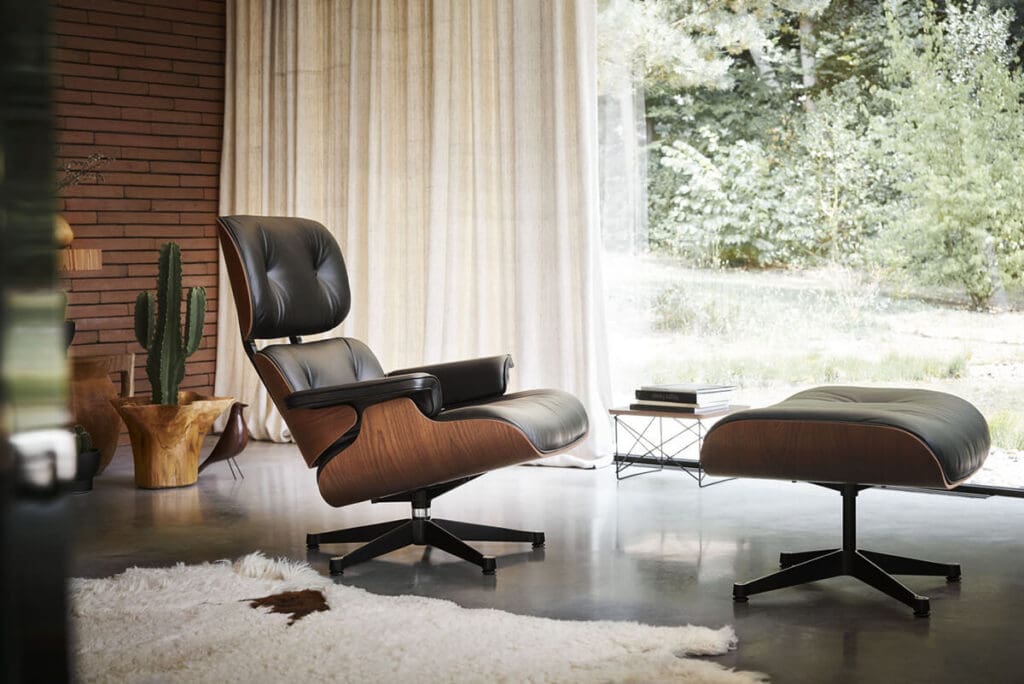
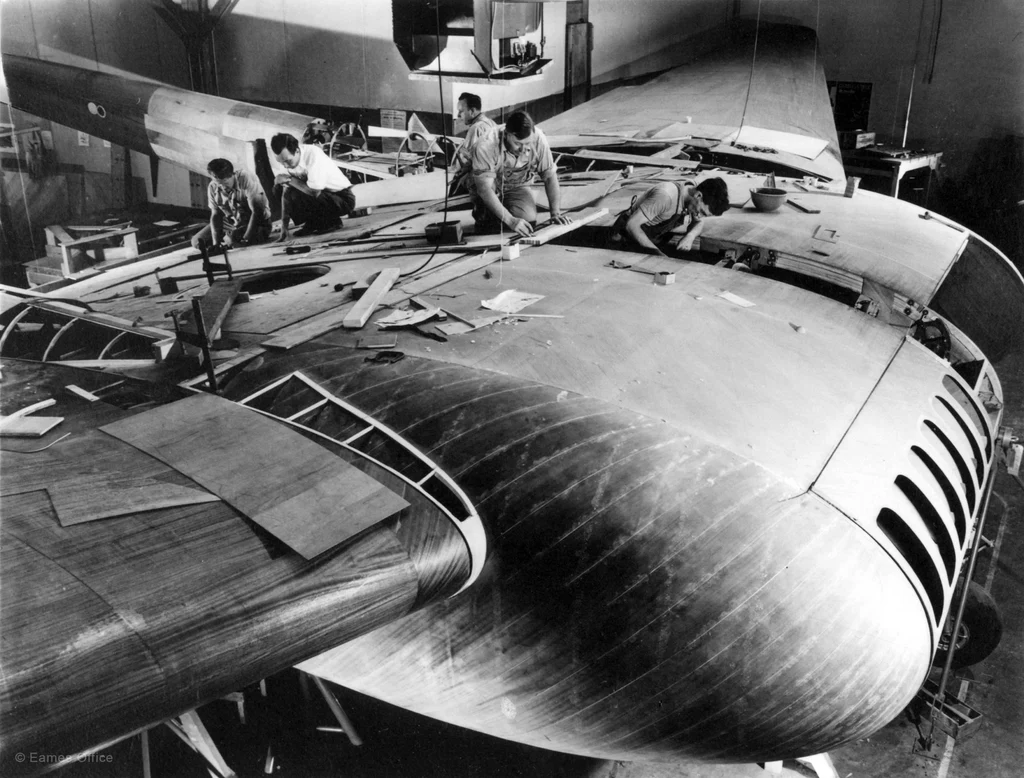
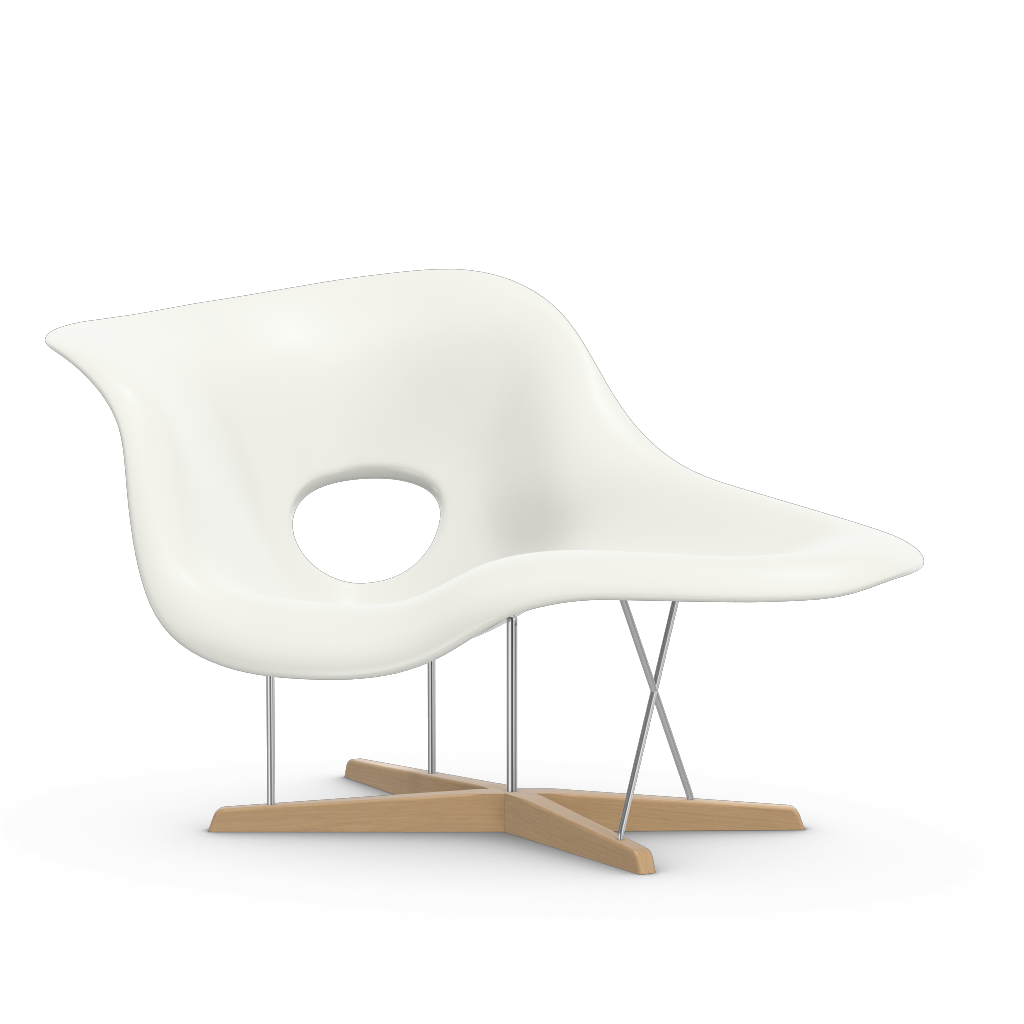
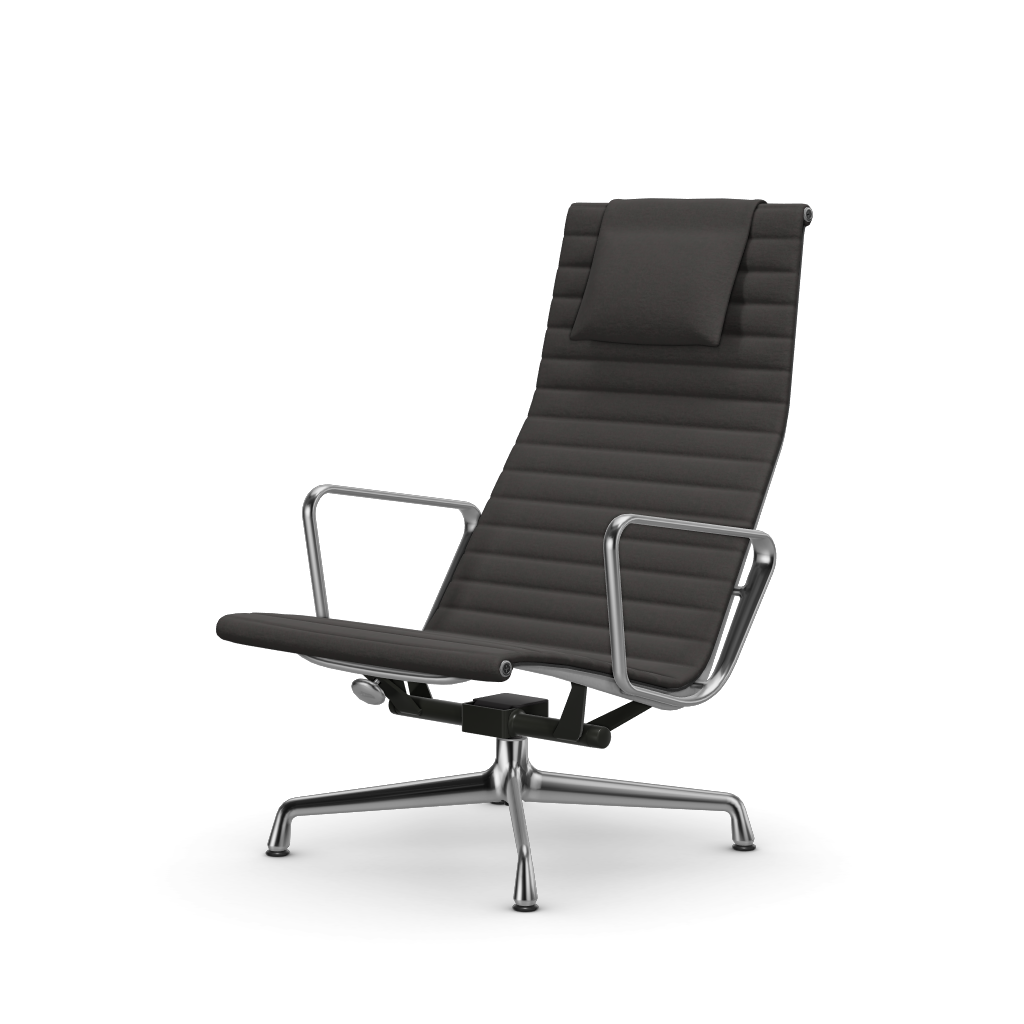






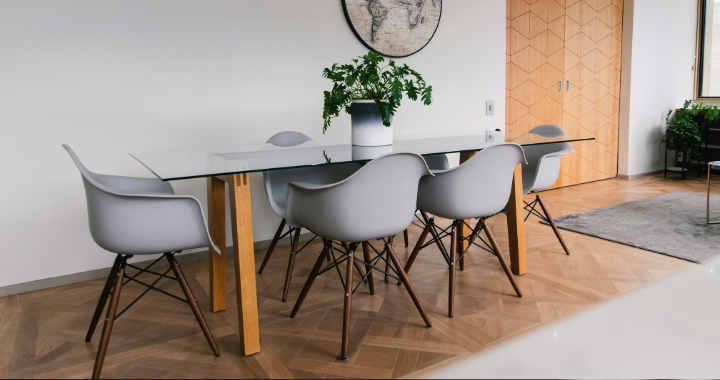
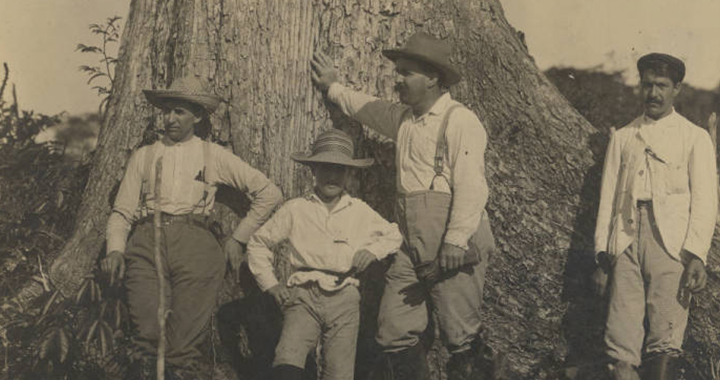
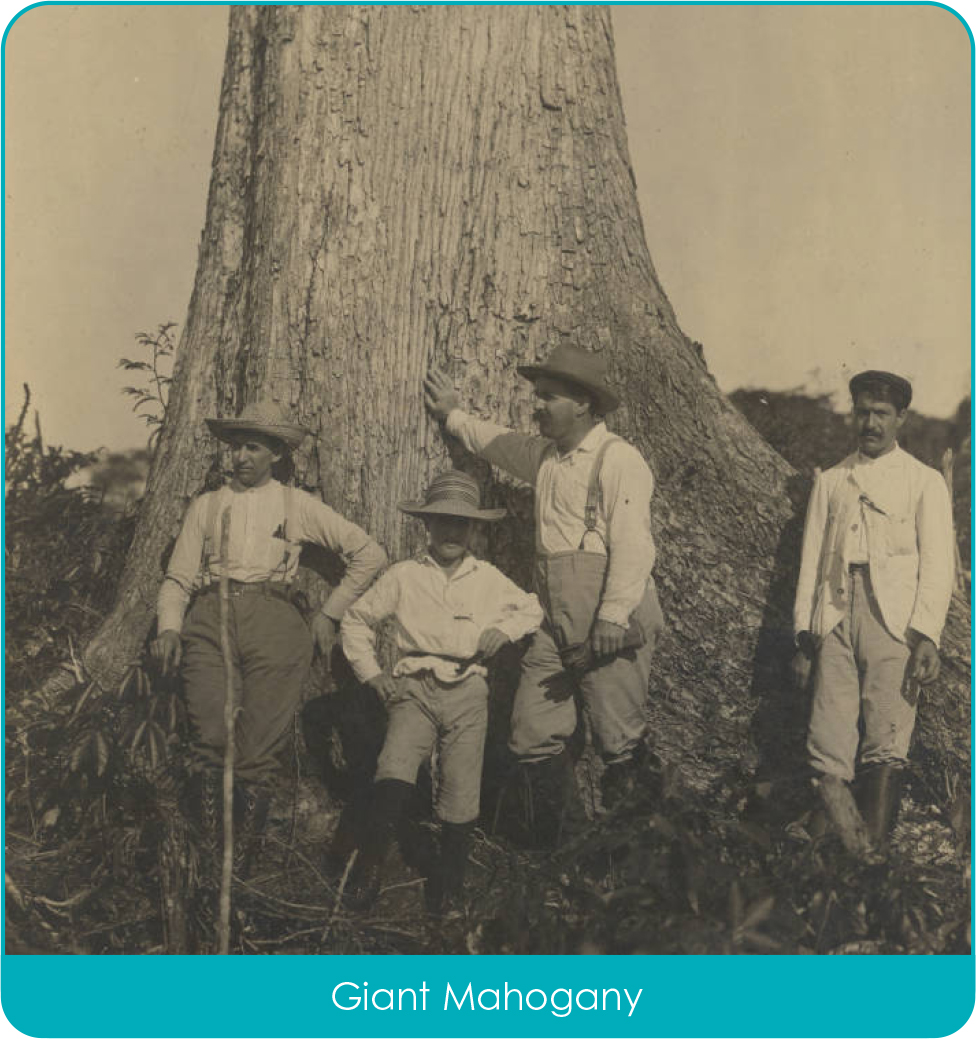
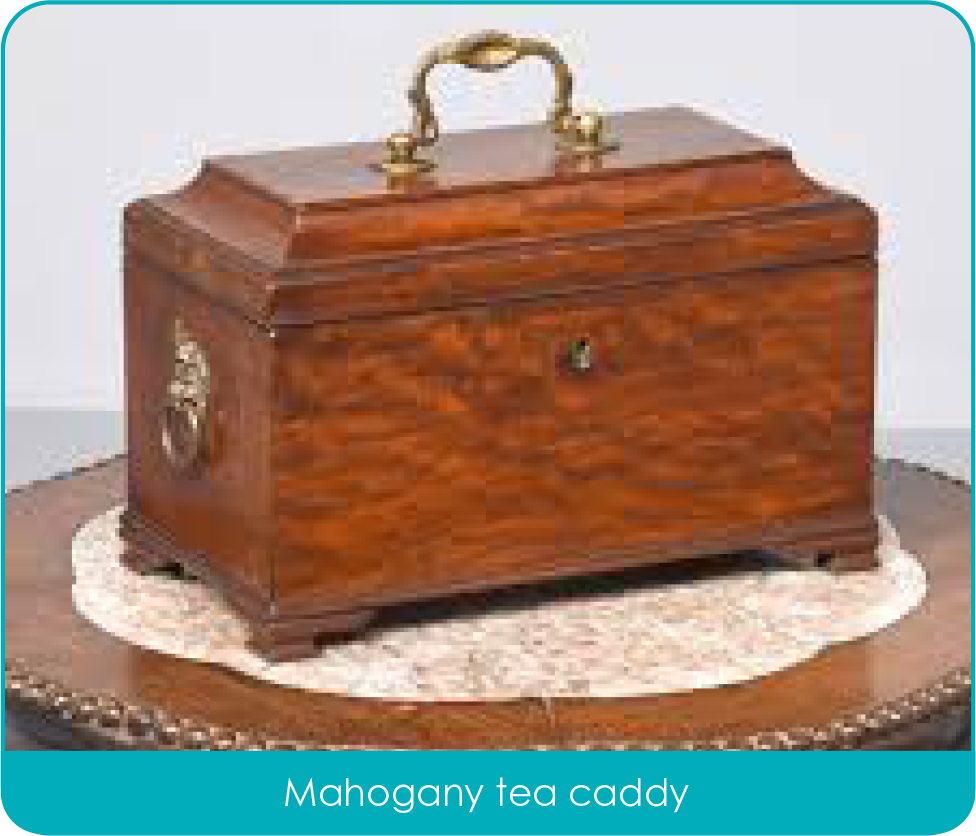
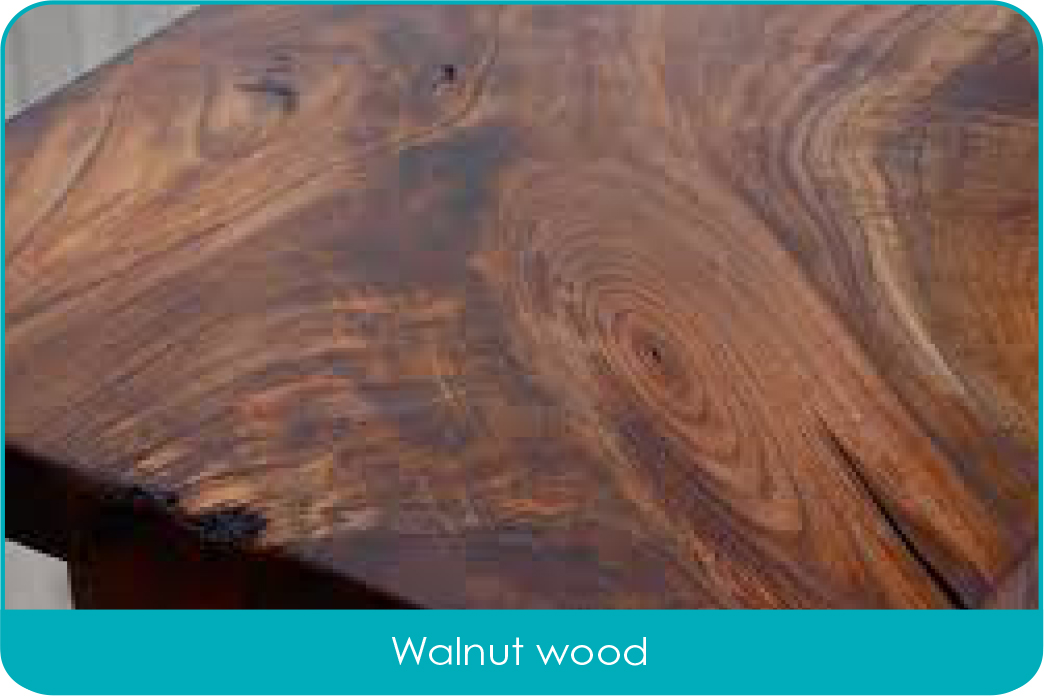
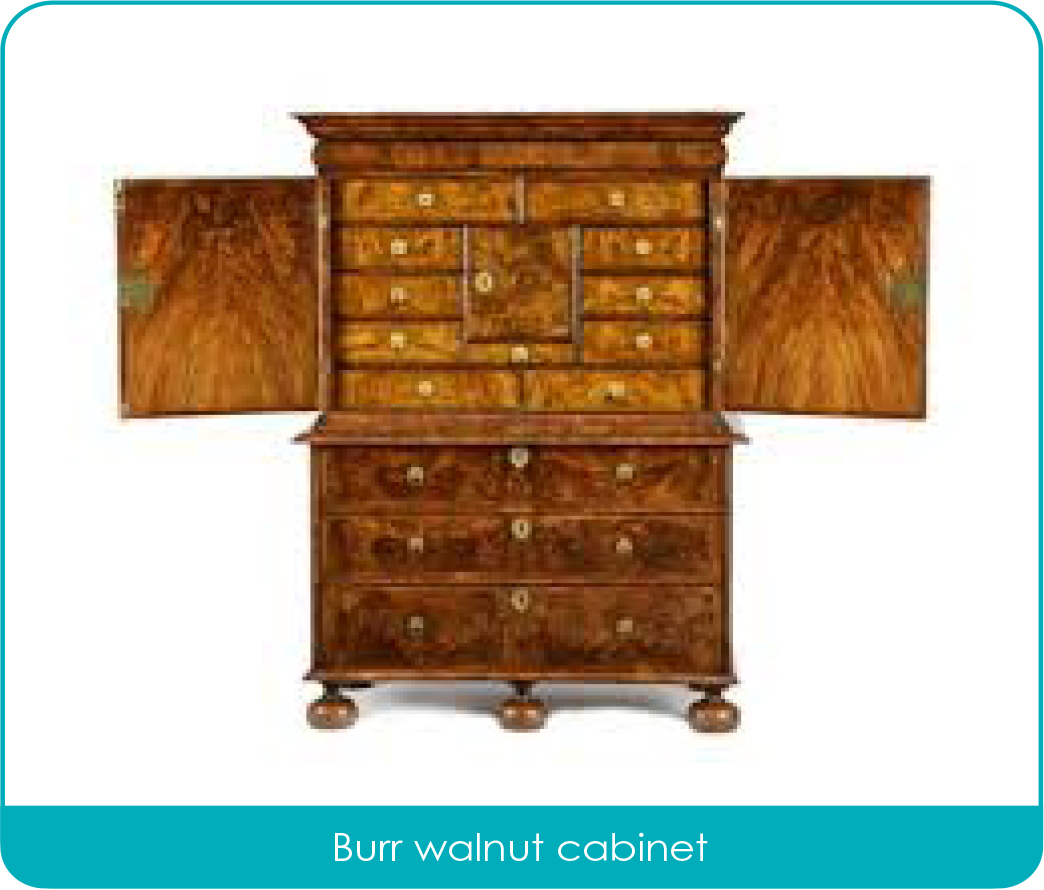
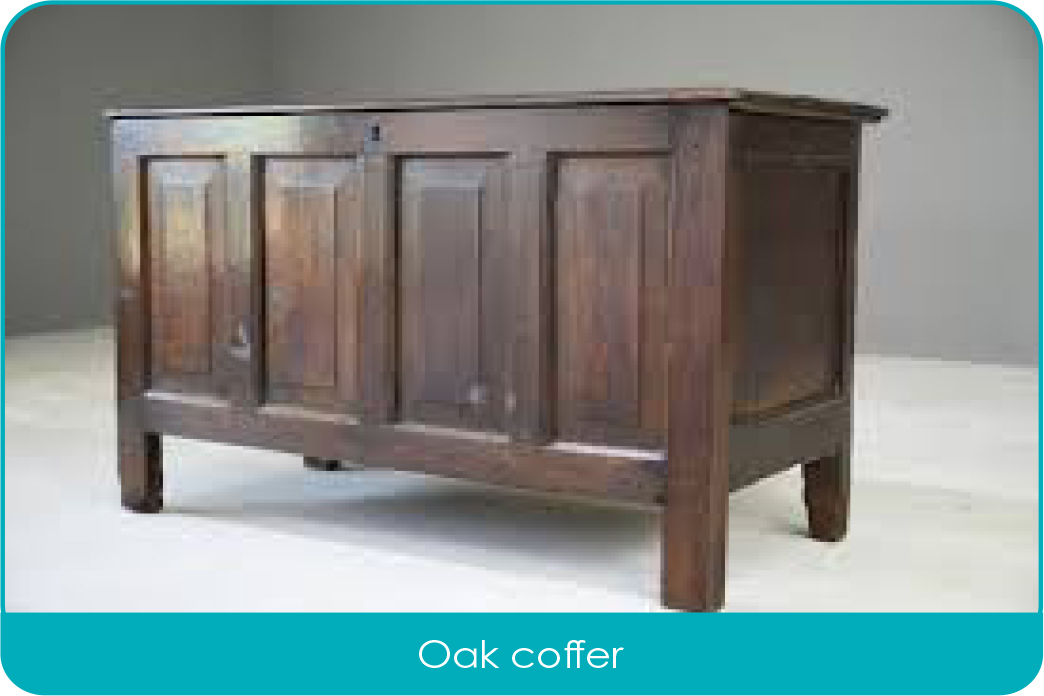
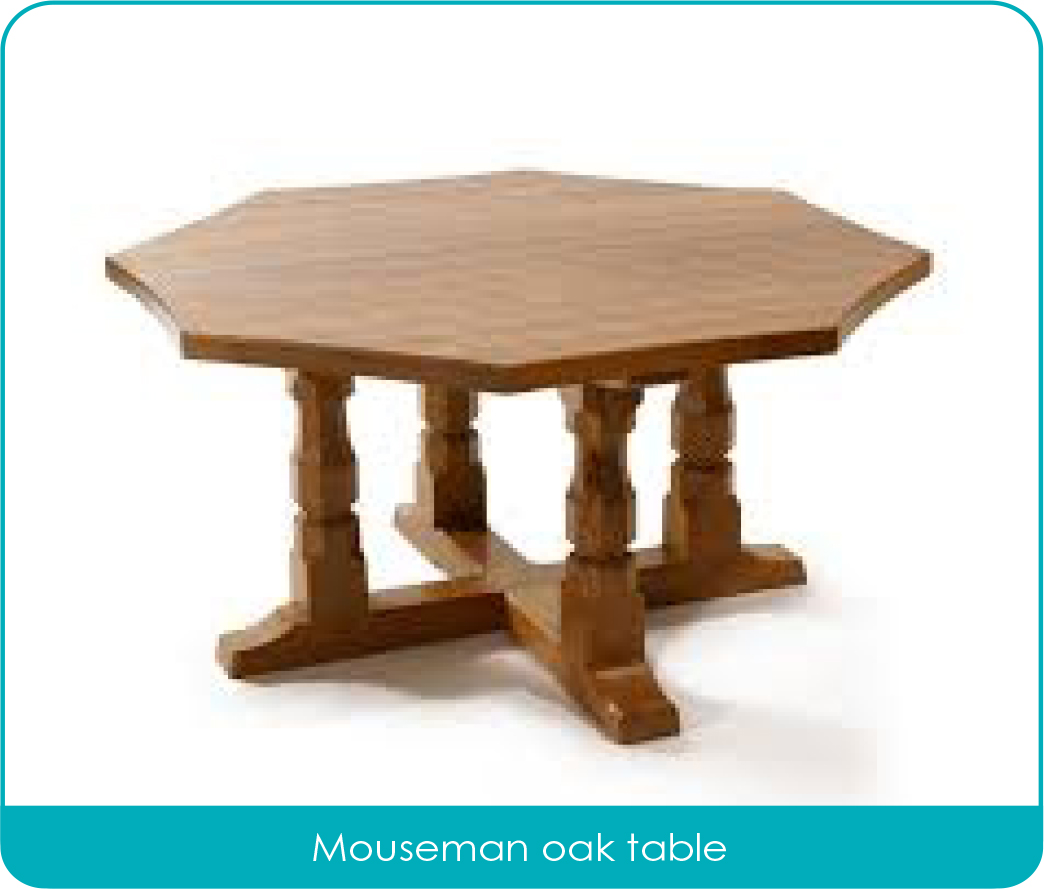
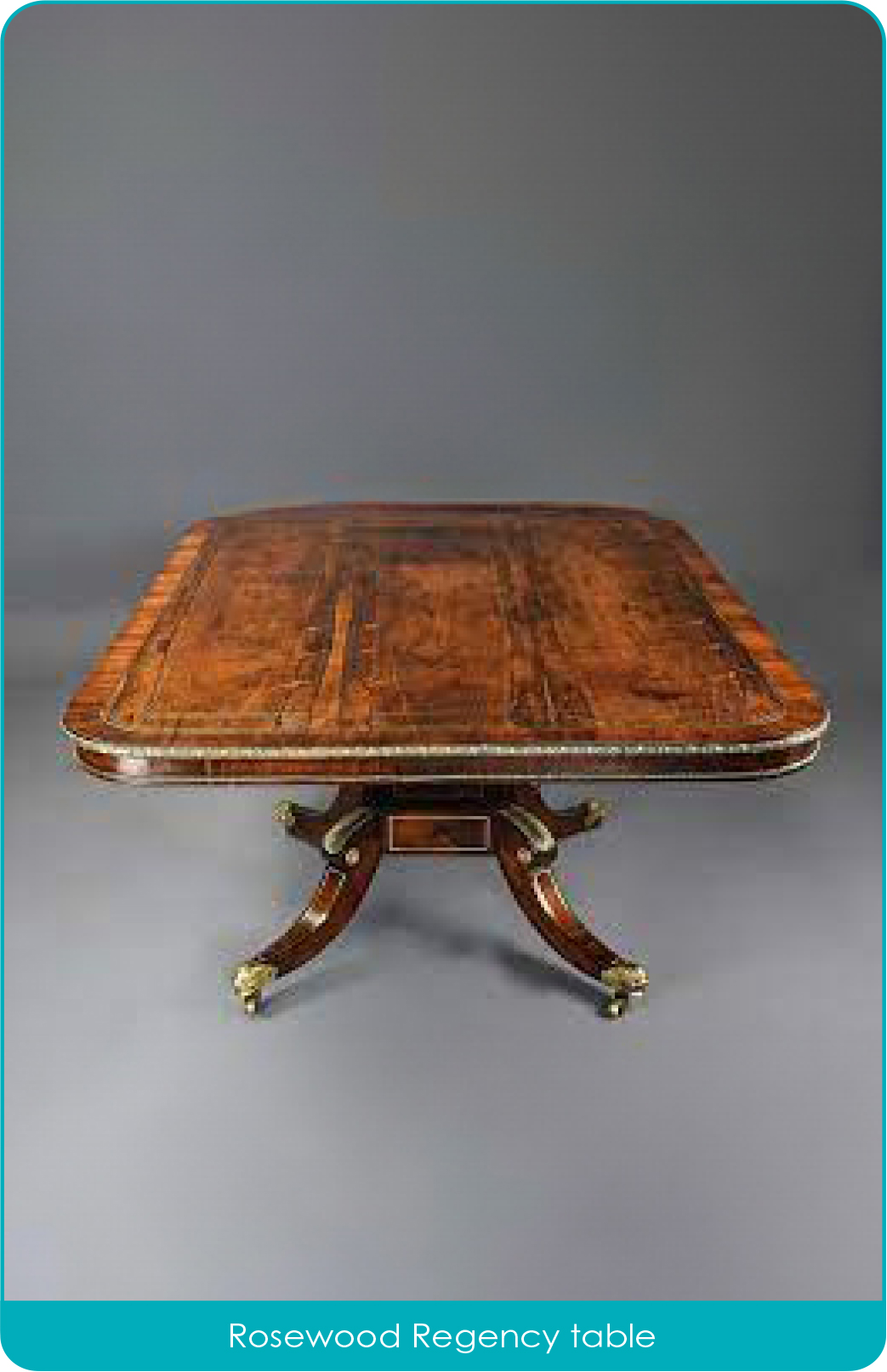
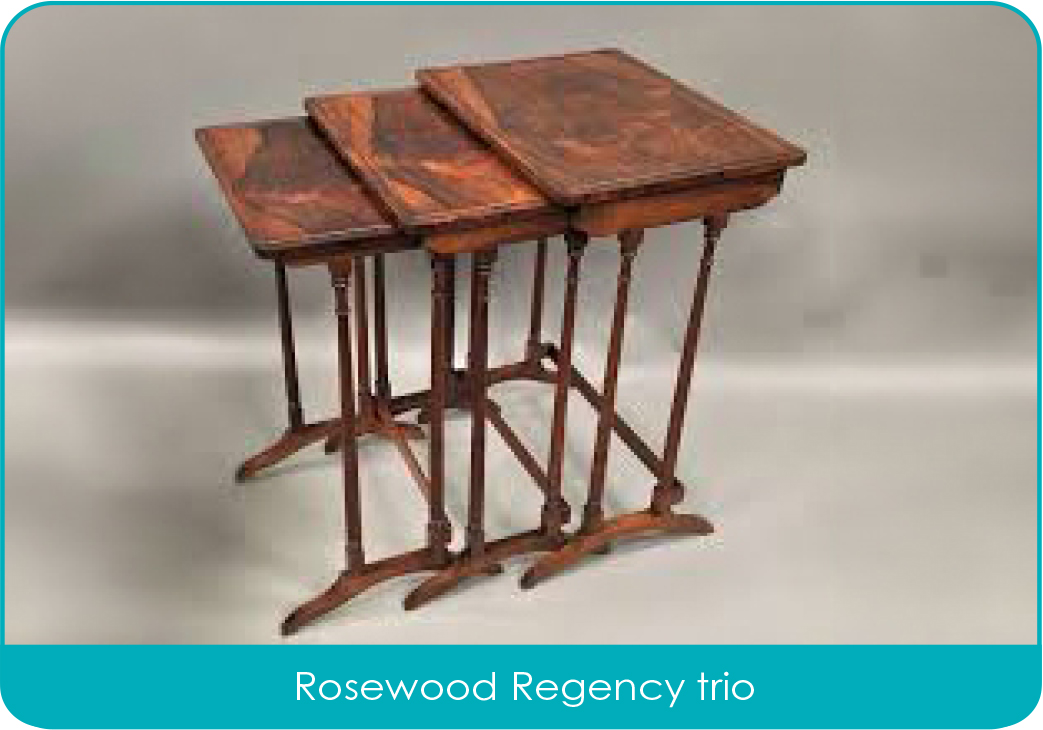


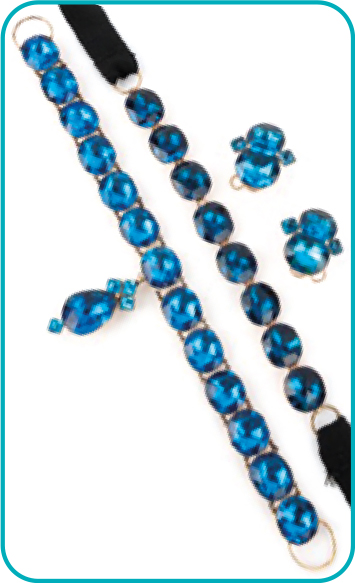 Georgian Costume Jewellery
Georgian Costume Jewellery Domestic Metalware
Domestic Metalware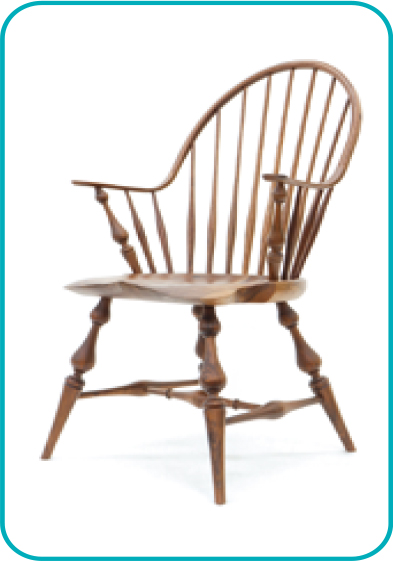 Furniture
Furniture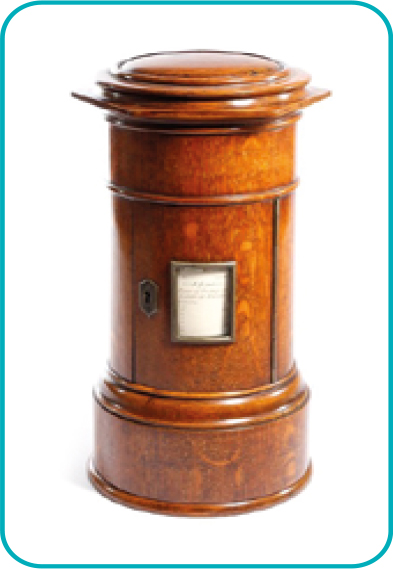 Treen
Treen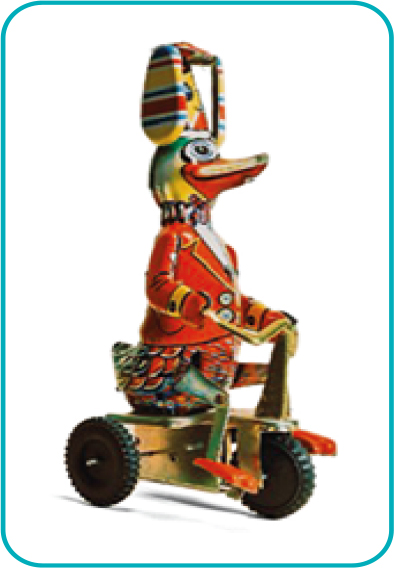 Toys, Games and Juvenilia
Toys, Games and Juvenilia



